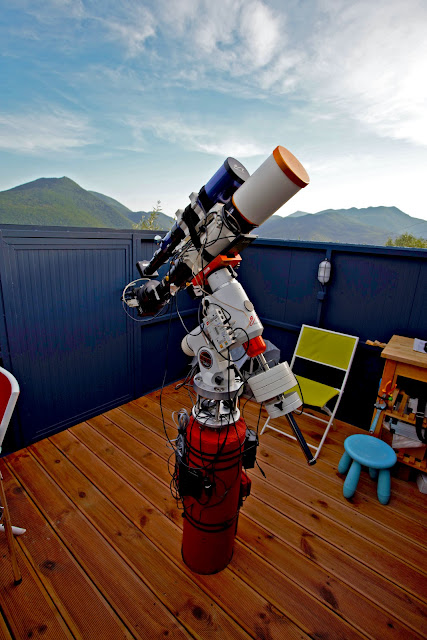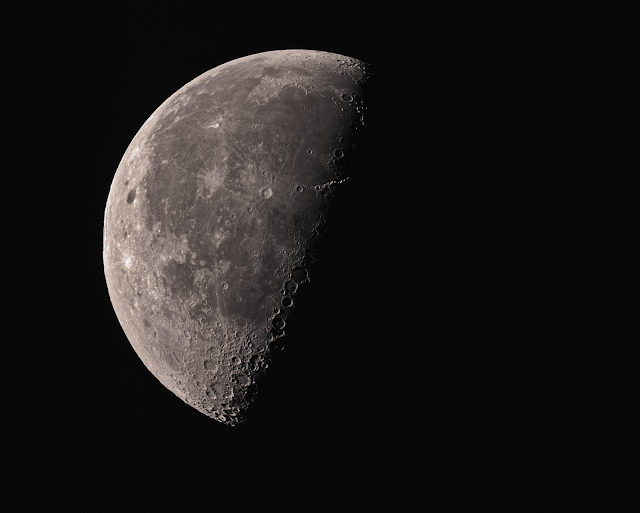In the small but beautiful galaxy-rich constellation of the Canes Venatici is Messier 106 (M106), also known as NGC 4258. It is a spiral galaxy about 22 to 25 million light-years from Earth. Another galaxy, NGC 4217, is also visible in the field, possibly a companion galaxy to Messier 106.
Luminance data:Askar 107 PHQ Flatfield Astrograph
CCD Atik One 6.0
ZWO ASI290MM Mini + WO UniGuide 50mm Scope
Luminance Baader
Location: Stinger of Scorpius Observatory, Filiates, Thesprotia, Greece.
Color data:
W.O FLT110 with dedicated TMB field flattener
Sky-Watcher EQ6 Pro Belt Drive Mod
Asi 533 MC Pro Color
W.O ZS 80 ED
P1 Mars-C IMX 462
FeatherTouch 3'' focuser
Starizona MicroTouch autofocuser
Exposure: 135*180sec
Location: Via Lactea Observatory, Kristallopigi Paramithia, Greece
Total Integration:12h 30min
https://www.astrobin.com/dbcw6j/



















































